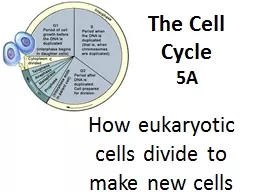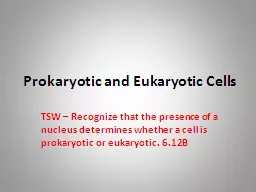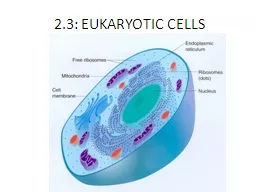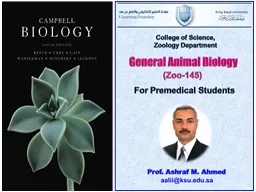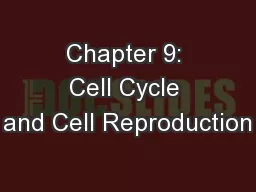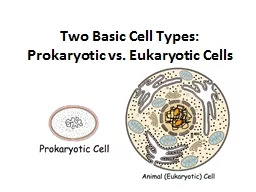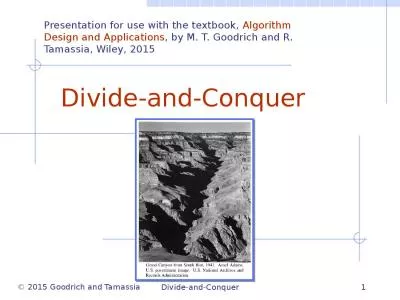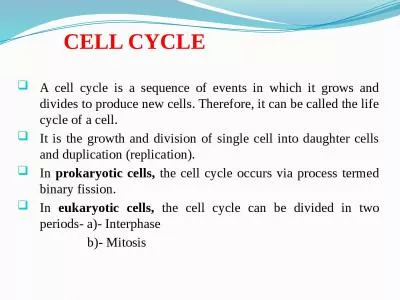PPT-The Cell Cycle 5A How eukaryotic cells divide to make new cells
Author : celsa-spraggs | Published Date : 2018-02-27
Just like people have phases of development Cells have phases too In somatic body cells a parent cell produces 2 daughter cells The purpose of mitosis is for growth
Presentation Embed Code
Download Presentation
Download Presentation The PPT/PDF document "The Cell Cycle 5A How eukaryotic cells d..." is the property of its rightful owner. Permission is granted to download and print the materials on this website for personal, non-commercial use only, and to display it on your personal computer provided you do not modify the materials and that you retain all copyright notices contained in the materials. By downloading content from our website, you accept the terms of this agreement.
The Cell Cycle 5A How eukaryotic cells divide to make new cells: Transcript
Download Rules Of Document
"The Cell Cycle 5A How eukaryotic cells divide to make new cells"The content belongs to its owner. You may download and print it for personal use, without modification, and keep all copyright notices. By downloading, you agree to these terms.
Related Documents

